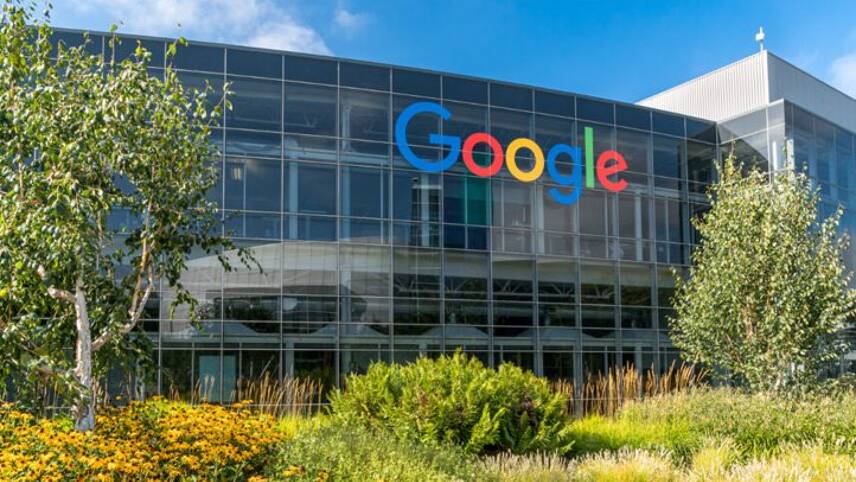Register for free and continue reading
Join our growing army of changemakers and get unlimited access to our premium content

Google's artificial intelligence (AI) technology will recognise oil and gas infrastructure in satellite imagery.
In a blog post published today (14 September), Google’s chief executive Sundar Pichai states that the milestone has been achieved through investments in “high-quality carbon offsets”. Google’s most recent Environmental Report states that the tech giant has backed more than 40 offsetting projects to date, all of which created additionality.
While some companies rely on nature conservation and restoration schemes for offsetting, or purchase credits which facilitate the shift to renewable electricity, Google prioritises projects which work to capture gases from landfills, animal waste and food waste, turning them into clean energy, the report explains.
Pichai’s blog states that Google is the “first major company” to offset its entire lifetime emissions.
The trend towards offsetting for lifetime carbon neutrality or carbon negativity has gained momentum in recent months, however. Microsoft is striving to reduce its emissions by more than 50% across its entire business and supply chain by 2030 while investing to remove more carbon than it emits annually. It will capture one million metric tonnes of carbon from the environment by 1 October as a first step. Elsewhere, Velux has pledged to offset 100% of its carbon emissions in the future and to capture the equivalent of its historical carbon footprint using nature-based climate solutions by 2041.
Clean energy commitment
To pair with its offsetting announcement, Google has set a new 2030 goal to operate all of its data centres and campuses on 100% carbon-free energy. The company has been matching its annual energy consumption with renewable energy purchases since 2017 but claims that shifting to direct sourcing will be “far more challenging” and a “sustainability moonshot.”.
Pichai outlined plans for a multifaceted approach to meeting the target. Google will invest in co-locating battery storage, wind and solar and apply artificial intelligence (AI) to help develop flexible energy approaches as a starting point.
“Not long ago, it was hard to imagine a 24/7 carbon-free electricity supply—at a simple level, the wind doesn’t always blow and the sun doesn’t shine at night,” his blog states. “But thanks to trends in technology, and with the right government policies, the promise of 24/7 clean energy will soon be within reach… we think our work can accelerate the availability of clean energy in communities worldwide and help to solve challenges that have held back its ability to become an around-the-clock source of energy.”
According to the International Energy Agency, about 1% of the electricity produced annually is used in data centres. With streaming and cloud-based technologies set to play an increasingly prominent role in society and the economy in the coming decades, this proportion is only set to increase.
The announcements from Google come shortly after its parent firm, Alphabet, issued $5.75bn (£4.4bn) in sustainability bonds, in what it claims is the largest sustainability or green bond issued by a corporation to date. Funds raised through the bonds will back projects relating to energy efficiency, renewable energy, green buildings, clean transport, circular economy and design, affordable housing, racial equality, and support for small businesses in the wake of Covid-19.
Google had been facing mounting pressure to increase its ambitions and actions in many of these fields, particularly from its own staff.
Sarah George


Please login or Register to leave a comment.